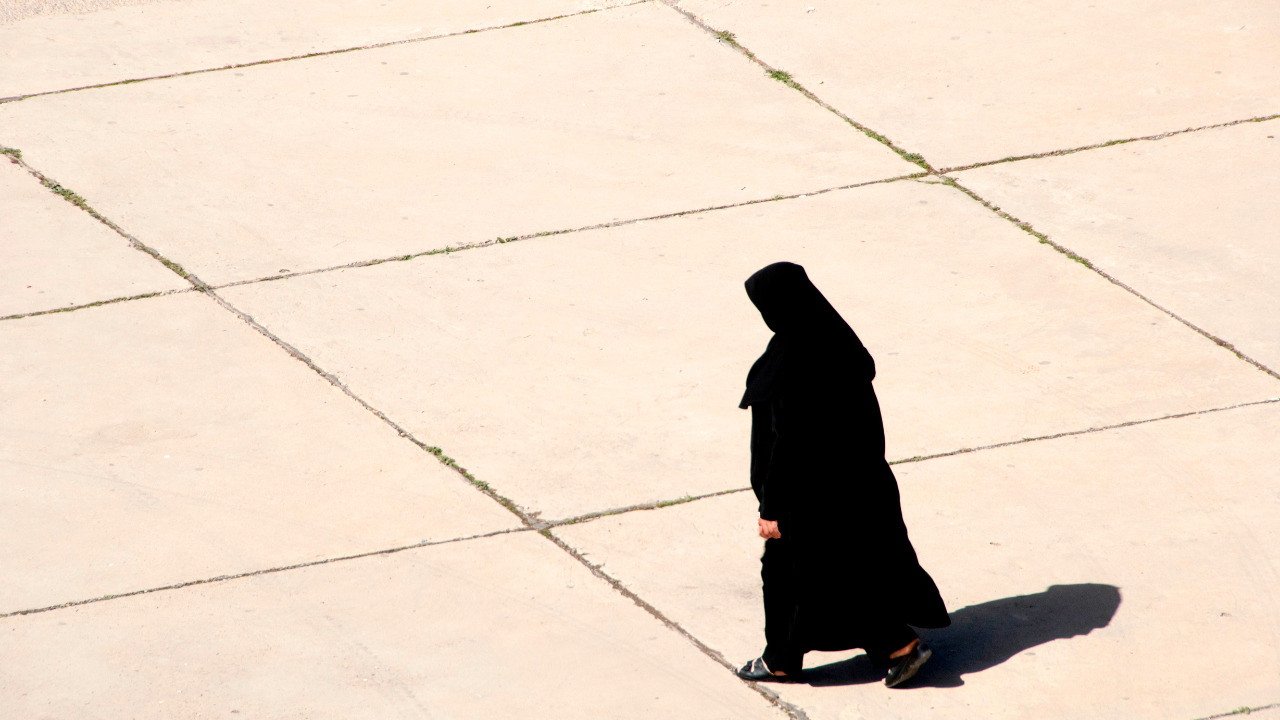Date first published: 04/10/2022
Key sectors: all
Key risks: civil unrest; political instability; protests
Risk development
Since 17 September at least 83 protesters and security force personnel were killed and over 1,000 protesters were arrested following the death of Mahsa Amini, killed in police custody for failure to comply with the hijab dress code on 16 September.
Why it matters
The unprecedented wave of protests that swept over 80 cities in Iran was sparked by public anger at the death of 22-year-old Mahsa Amini, a Kurdish woman killed in Tehran by Iranian ‘morality’ police, an arguably unpopular vestige of the 1979 Islamic revolution. Since June 2021, when conservative cleric Ebrahim Raisi was elected as President following the lowest turnout since 1979, enforcing the hijab became a priority for the regime.
The current protests has grown beyond the issue of mandatory hijabs to represent the convergence of years of political, economic and social frustrations. Unlike previous protests, the movement’s main source of discontent is neither an economic nor an isolated decision but rather a general dislike for the Islamic republic’s indifference and neglect of its own population. The echo of protests across social classes and the government’s strong attachment to Islamic symbolism are both a reflection of the regime’s legitimacy crisis.
Although the demonstrations are mostly led by women, they also contain an important ethnic dimension since Mahsa Amini was Kurdish. This triggered strong protests in the Kurdistan region and more recently in Sistan-Baluchistan, one of the country’s poorest regions. Provincial protests are expected to spread as the regime concentrates its efforts on sealing off urban hubs , namely Tehran. The breadth of the protests and the mix of ethnic and social classes has posed a challenge to the regime by leading to the emergence of several protest hotspots across the country that security forces struggle to quash.
Background
Anti-regime protests are far from novel in the Islamic Republic. Iran has witnessed several bouts of popular unrest sparked by massive fraud in the 2009 re-election of conservative president Mahmud Ahmadinejad, which led to the popular anti-government movement known as the “Green Revolution”, only to be quashed by the regime. More recently, in 2019, a spike in fuel prices prompted thousands of Iranians to take to the streets. The protests were met with a heavy-handed response from Islamic Revolutionary Guard Corps (IRGC) and police forces, resulting in over 1,500 protesters killed, a figure representative of the regime’s low tolerance of dissent.
Risk outlook
The protests have led to major disruptions of services caused by general strikes on 19 September in the Kurdistan region. Regionally, Iran launched a security force operation targeting Iranian Kurdish opposition sites – allegedly linked to the protests – in Iraqi Kurdistan on 24 September. This will serve to escalate diplomatic tensions with the US, likely leading to new sanctions and further hindering any prospects for renewed nuclear talks.
As with the 2009 and 2019 protest movements, the regime is likely to survive this new wave as long as the Islamic Republic’s main security apparatus, the IRGC, remains loyal. As the heavy-handed crackdown continues, large-scale protests are increasingly likely to take the form of localised actions and frequent individual displays of opposition. Largescale protests will likely subside but a more general form of regime opposition has been generated and will likely serve to open the way for future challenges to the regime.



